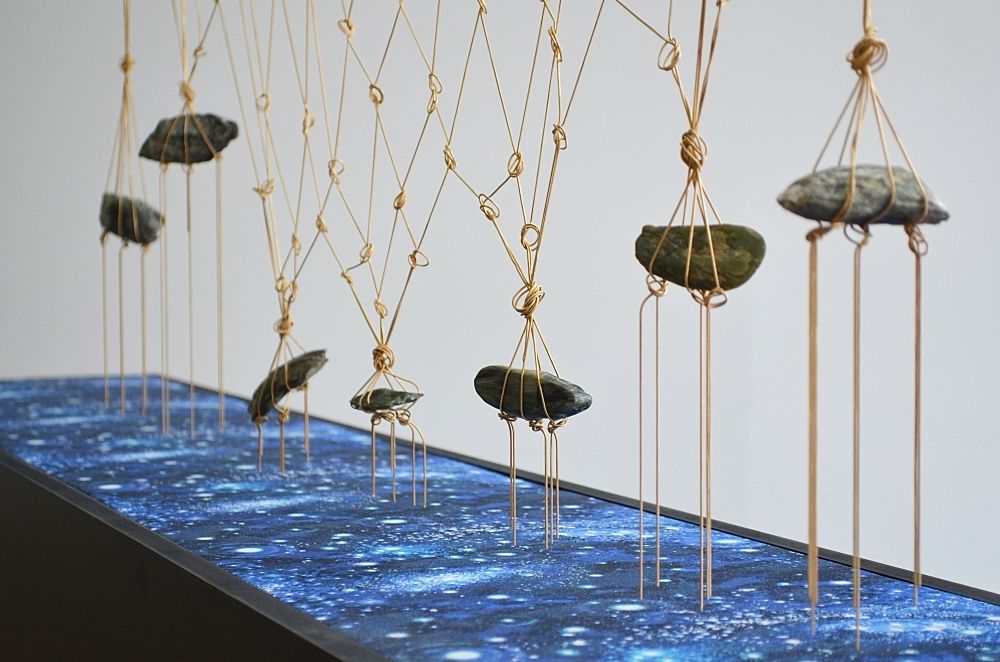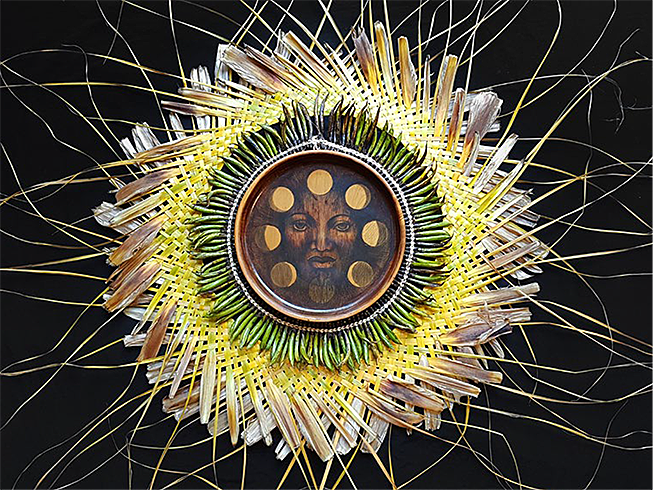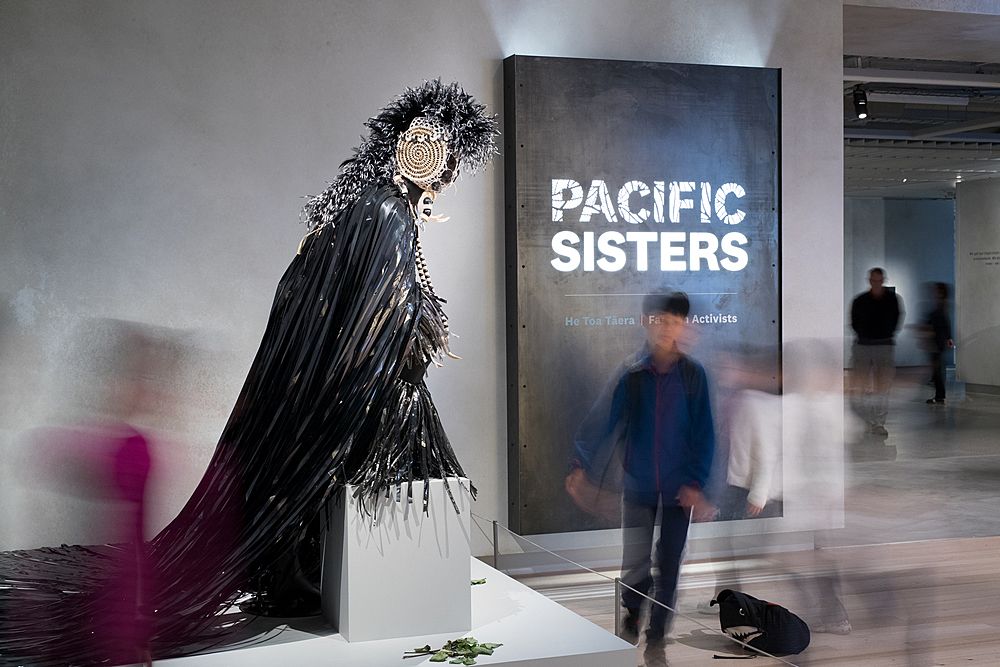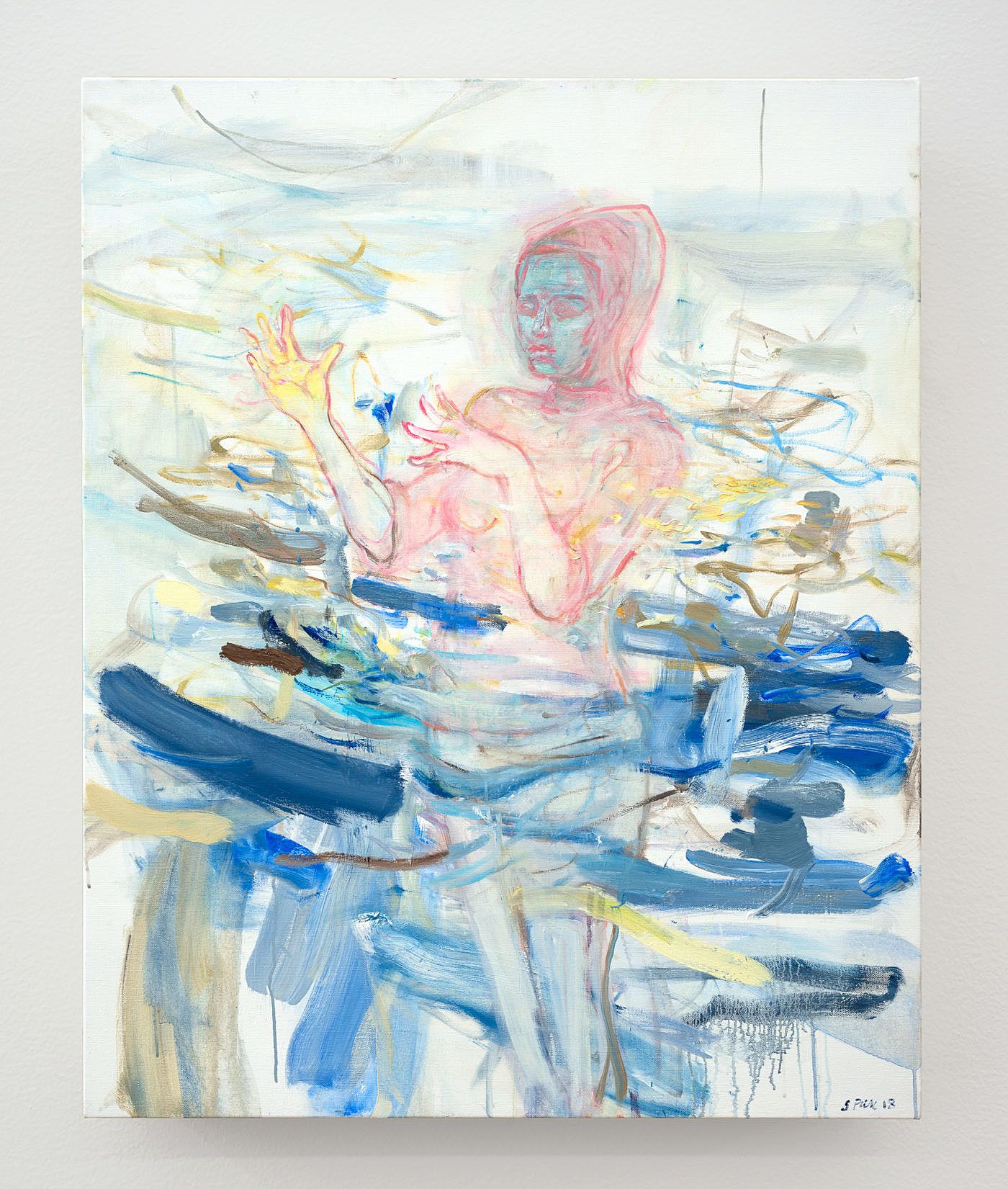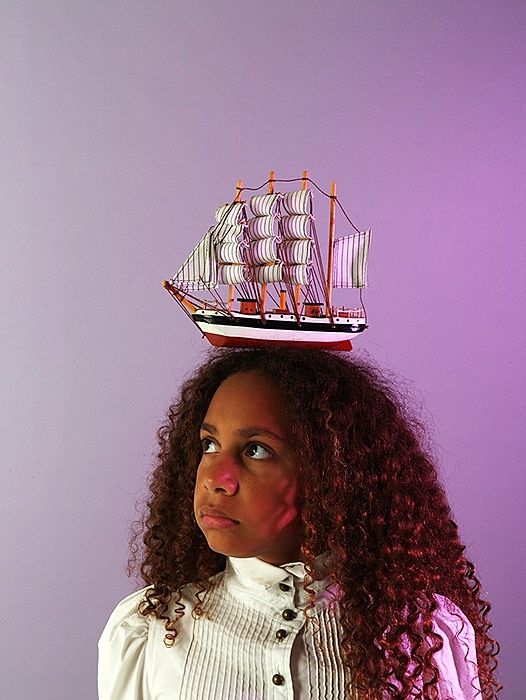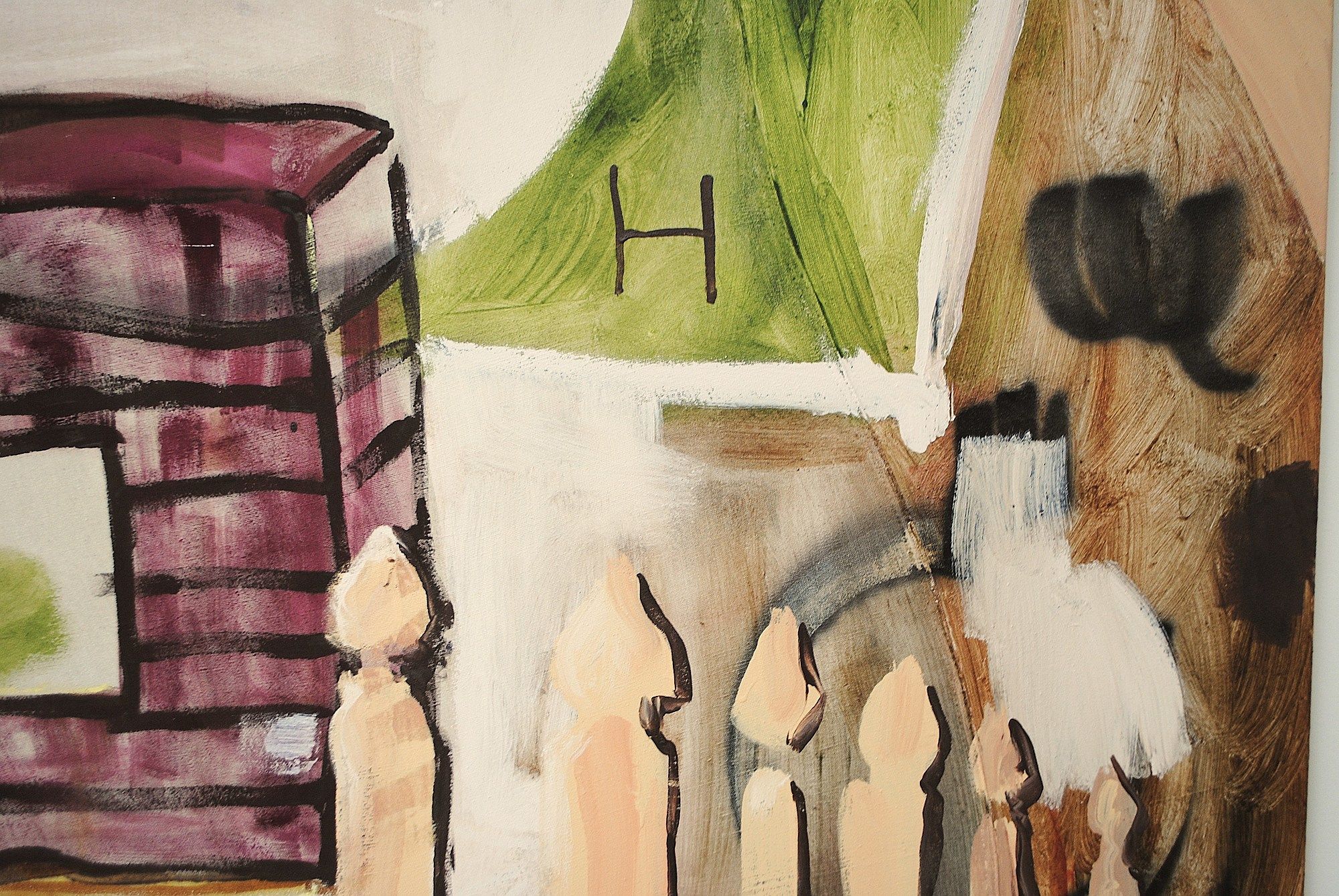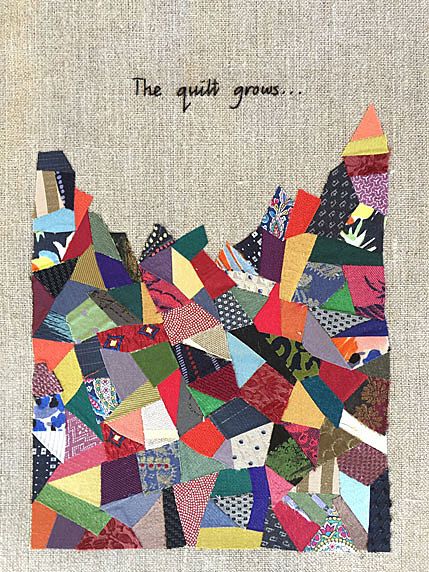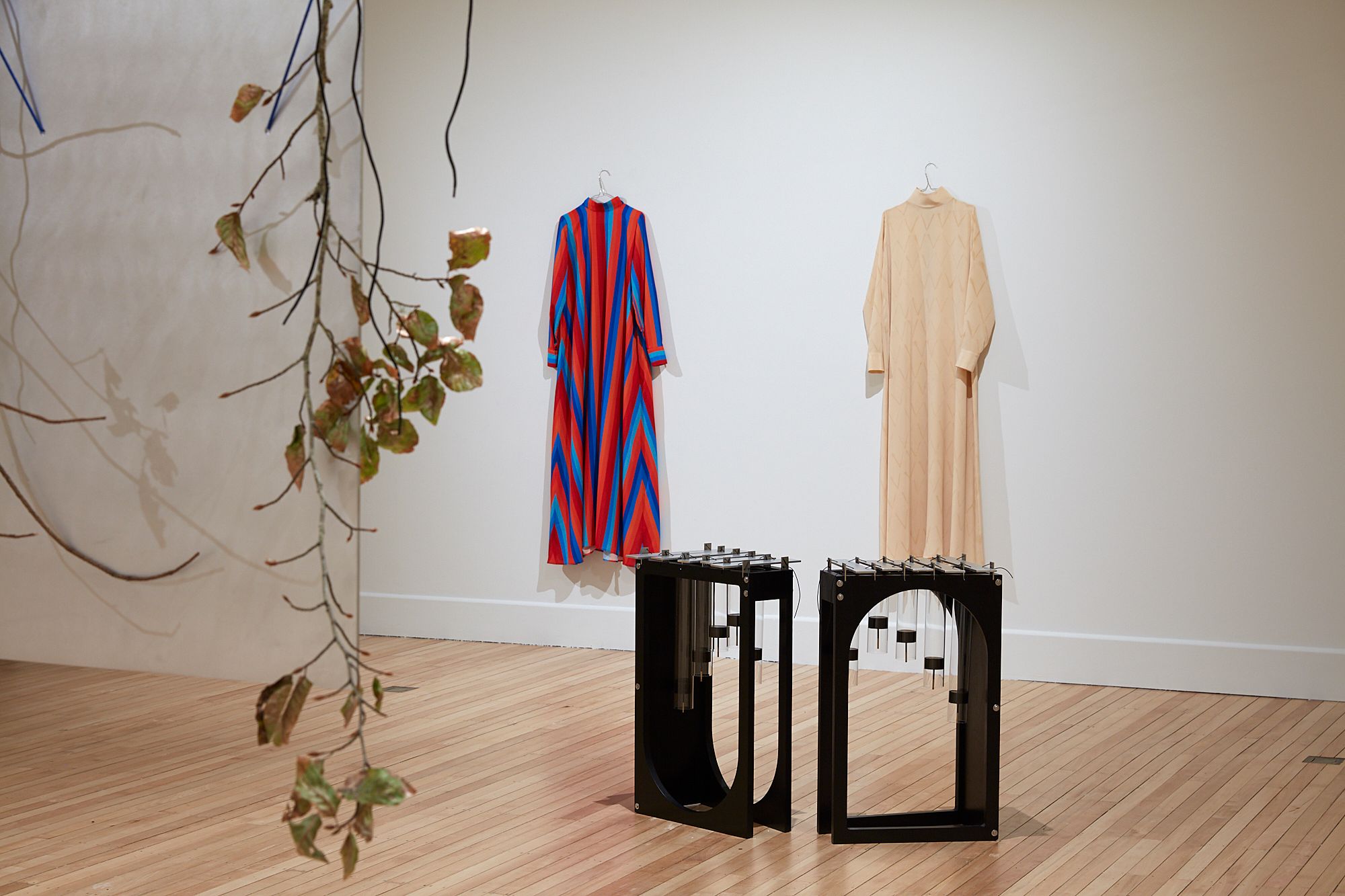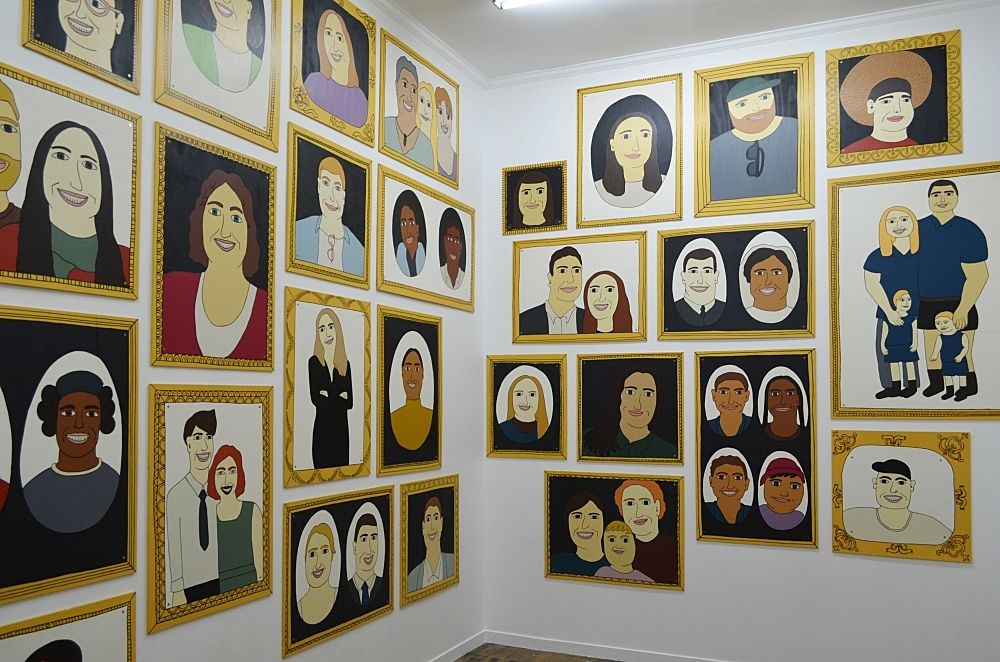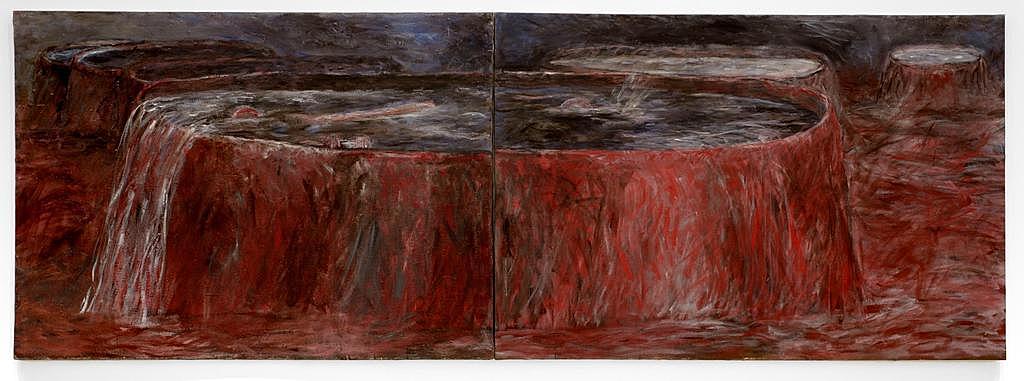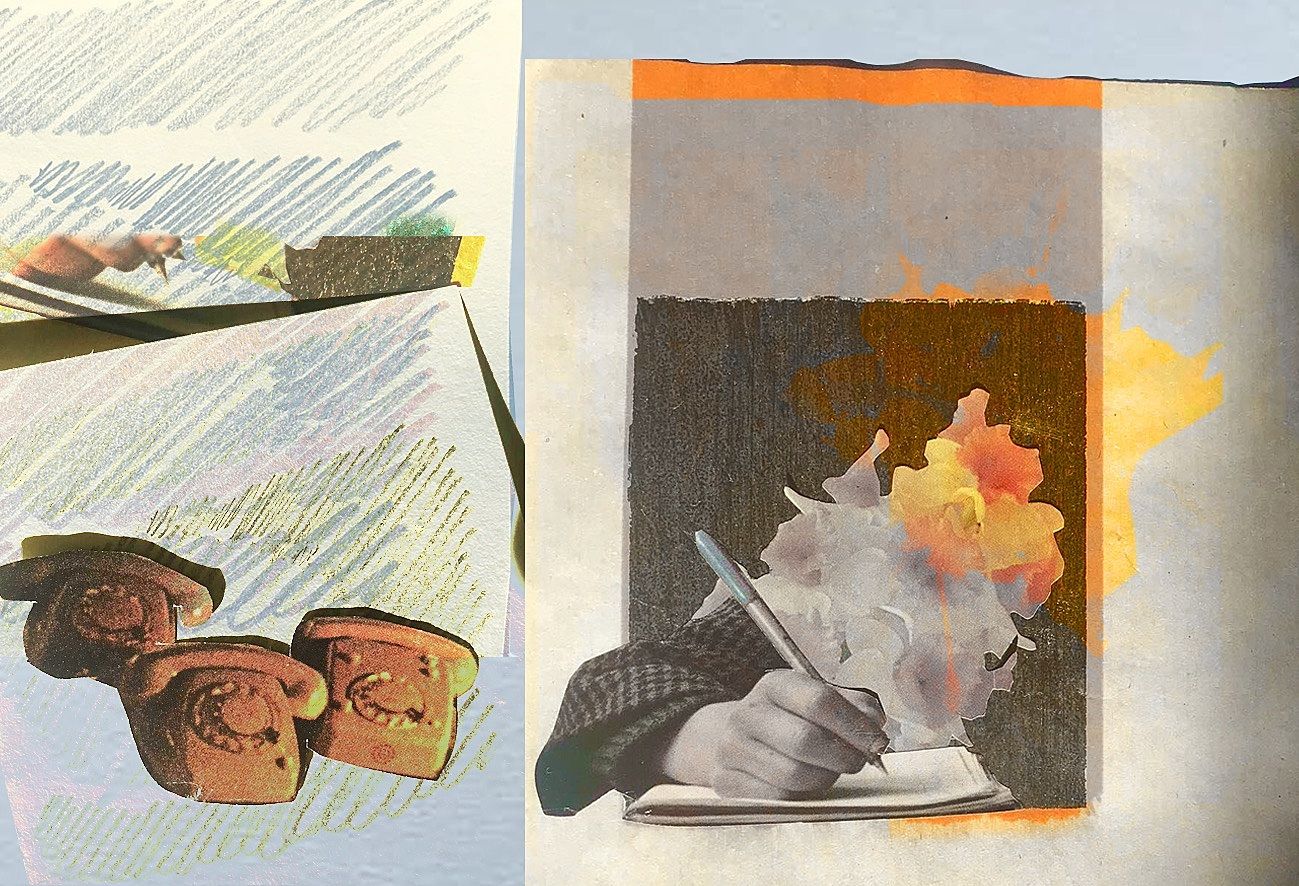Whakanuia: 10 Exhibitions to Celebrate from 2018
Visual Arts Editor Lucinda Bennett and Kaupapa Māori Editor Matariki Williams on their favourite shows of the year.
Visual Arts Editor Lucinda Bennett and Kaupapa Māori Editor Matariki Williams on their favourite shows of the year.
A year can contain a lot of art. Up and down the country, numerous exhibitions are opening every week, so many that one person could never catch them all. As always, our yearly round-up is limited by our travels, and yet it does include some stellar offerings from regional galleries – a timely reminder that there is much art to be seen outside of the larger cities, exhibitions ripe for the taking in as we embark on our summer road trips, our yearly pilgrimages to visit friends and whanau across Aotearoa. Most of the exhibitions profiled here have ended, however, the difficulty of compiling this list is testament to just how many excellent shows are out there, waiting for you to find them.
Te Kōpū
Natasha Te Arahori Keating and Bethany Matai Edmunds
Māngere Art Centre – Ngā Tohu o Uenuku, Tāmaki Makaurau
Te Kōpū was the first exhibition that came to mind when I began thinking about the best shows I’ve seen this year – impressive, given it was staged way back in February. A collaboration between painter Natasha Te Arahori Keating (Ngāti Tūwharetoa, Ngāi Tūhoe) and weaver Bethany Matai Edmunds (Ngāti Kuri), this was one of those rare joint shows for which the artists actually made work together, working in a mode of wānanga to create not only a body of work, but one that forms a kind of sanctuary, that holds the viewer close. However, what really stayed with me was the artists’ use of materials. Glossy pieces of recycled native timber, putiputi and flowers, delicate sprigs and buds painstakingly dried and attached to gossamer harakeke to become earrings, garlands, maro, all manner of adornment. There was even the preserved head of a tui, strung from the earlobe of one of Keating’s vivid painted wāhine. All of these materials were gathered during walks in the bush, along the beach or in urban spaces, or else were sourced from home, or given by friends and whanau. – Lucinda Bennett
Pacific Sisters: Fashion Activists
Te Papa Tongarewa, Te Whanganui-a-Tara
I don’t care in the slightest that, given that I work at Te Papa and am friends with this exhibition’s curator Nina Tonga, this could be seen as a conflict of interest. Any list of the best art exhibitions of 2018 should 100% feature this exhibition. My first time in the space was, as it often is with new exhibitions, at the morning blessing for the gallery. Tohunga from Te Ātiawa, Ngāti Toa and the resident iwi, Rongowhakaata, undertook the karakia together, blessing the whole of the gallery and walking us through each room. As we walked through Pacific Sisters, I burst into tears. The sheer power of seeing powerful, proud, vivacious Māori and Pacific artists given such a huge space cannot be understated. Knowing the tenacious aroha with which Nina curated the show, that she had fought to surface their histories, their struggles, their triumphs and successes, will remain as one of the most inspired feelings I’ve ever had in a gallery. If you missed out, you can still read Ioana Gordon-Smith's response to the exhibition here, or catch it when it travels to Toi o Tāmaki in 2019. – Matariki Williams
God Helmet
Séraphine Pick
Michael Lett, Tāmaki Makaurau
If I had to choose just one word to describe Séraphine Pick’s paintings, I would struggle, but I would choose absorbed. These are sensual paintings, not in the sense of lush tactility or exuberance, for they are rather quieter, but for the way they dig down into what it is to be a human, your body occupying a world that is both physical and digital. They reminded me of celebrated Austrian painter Maria Lassnig, known for her self-portraits made by practising ‘body consciousness’ – painting only the parts of her body she could actually feel as she worked, exaggerating features and employing distinctly unnatural shades of turquoise and shocking pink to convey internal moods and feelings. And yet these works from Pick are almost the opposite, depicting the bodies of VR (virtual reality) users in a rainbow of colours, poised strangely, naked and animalistic in empty space, a tangle of wires protruding from their skulls, fingers clutching at the digital ghosts around them. These are, perhaps, bodies no longer conscious of being in the world, convinced they exist in another one, one that is real but not physical – and wouldn’t we humans once have called that divine? – LB
WANTOK
The Dowse Art Museum, Awakairangi
When this opened at the Māngere Arts Centre earlier this year, as part of their Suffrage 125 programming, I was gutted that I’d not be able to see it. Thank goddess for touring shows! Curated by Luisa Tora and featuring artists who all have Melanesian whakapapa, this show speaks to beauty ideals, gender identity, whakapapa, pain and humour. Some works were quite confronting, including, from Salote Tawale, the extreme close-ups of beauty regimes that we inflict upon ourselves – a seemingly mindless chore is wielded as an act of pain. The stunning portraits by Jasmine Togo-Brisby, her mother and her daughter, pierce the viewer, conveying a small insight into the violence wrought upon their tīpuna. From across the room, Luisa’s own work caught the imagination of myself and my kids, her reimagination of self is all at once delightful, empowering, and compels me to play an arcade game for some reason. The show is in a small room, a mere rectangle that it could easily swell out of and spill into other spaces, and I’d love to be able to see that one day, WANTOK multiplied. – MW
This is a cheeky pick because it encompasses multiple shows, but can you blame me? As one of the only ARIs running in Tāmaki Makaurau during 2018, RM has facilitated a particularly stellar programme, including some of my favourite shows of the year, each of which I will treat (far too briefly) below:
For La Belle Dame avec les Mains Vertes, Evangeline Riddiford Graham erected numerous screens, midnight blue silk stretched in dark wood frames. And hand-printed on the silk were waxy yellow poems about summer, scoria, board games, avocados, swimming, renting. I spent ages reading them all, carving a strange path through the dim, muggy gallery, and I left feeling like I had been inside a church.
Georgina Watson and Jaimee Stockman-Young’s Betrayer, Archetype was an ethereal, somewhat grubby exhibition that seemed to be made up of residues. Watson and Stockman-Young are two Auckland-based artists whose practices I would consider distinctive, and yet here I found myself wondering who had made what. Both artists work, albeit differently, in the realms of affect and archives, fudging the line between personal and national memories, seeming to approach the problem of nostalgia by evoking it. A melancholy exhibition.
I visited Christina Pataialii’s Debt the same day I visited Pick’s show at Michael Lett and it felt like my birthday had come early: not one but two strong painting shows in one day! Pataialii’s paintings were huge on the short walls of RM, absorbing and transporting, their pop-culture references abstracted to the brink of rupture, the artist’s mastery of her medium kind of devastating. – LB
New Networks: Contemporary Chinese Art
Dunedin Public Art Gallery, Ōtepoti
During a whirlwind trip to Dunedin last week, I managed to take in a couple of excellent shows. My first stop was the Dunedin Public Art Gallery, where I wanted to check out New Networks: Contemporary Chinese Art. Featuring 16 artists, this show seeks to understand the emergence of art in Aotearoa and Australian public collections by Chinese artists, and there are some truly incredible works on display, my favourite probably being Love Story by Liu Chuang. What I would have loved to see was more of a dialogue between the art in this show and Aotearoa artists of Chinese whakapapa, or something to situate Chinese peoples in Aotearoa, as there is such a long history of emigration. Admittedly, that would make it an entirely different show, so I’ll add that to my exhibition wish list: a show about Chinese art, informed by the experiences of New Zealanders of Chinese whakapapa. – MW
The Rooms
The Elms Te Papa Tauranga, in collaboration with Tauranga Art Gallery Toi Tauranga
After reading Sebastian Clarke’s essay on Aotearoa house museums, I was compelled to visit Tauranga especially to see The Rooms. Having not visited a house museum in a while, there was something rather sweet and novel in being given a guided tour, having the history of this site served to me alongside the art I had really come to see. And yet the art itself was drunk on history! Each of the contemporary artists in the show having chosen a room within the homestead and made work in response to that space, which was also the very context it would be exhibited within. The clear standout was artist and textile designer Vita Cochran’s response to Euphemia’s bedroom – or rather, to her astonishing, meticulously stitched quilt. Cochran’s installation was a kind of soft storybook, telling Euphemia’s story (and the story of her wonderfully idiosyncratic quilt) through a series of embroidered and appliquéd panels affixed to the bedroom walls, encircling the narrow bed upon which her subject’s prized quilt was laid. Honourable mention also to Matthew McIntyre-Wilson (Ngā Mahanga, Titahi), who plundered The Elms collection to find a series of kete, which he displayed on Tyvek-wrapped tables alongside his own samplers, woven from threads of metal and laid in their own museum-quality storage boxes. – LB
a hook but no fish
Sriwhana Spong
Govett-Brewster Art Gallery, Ngāmotu
I’m unlikely to surprise anyone by including a hook but no fish on this list. Materially delightful as soon as you enter through the yellowish PVC curtains, honey dripping down gallery walls, silks stained with Coca-Cola and oil, wet slabs of clay draped over squiggly wooden supports, almost imperceptibly responding to the infinitesimal fluctuations of heat and humidity in the space. There’s something so satisfying in these material plays alone, and yet there is more. Spong’s work fascinates in the way it appears so material and aesthetic, yet is also narrative, performative, disruptive, forever spooling out into unexpected places, or sweeping in narratives grand and tiny. These qualities render the work immensely difficult to write concisely about, and yet attempting to do so is immensely pleasurable. As I have written previouslyof her work, “There seems to be a kind of flickering internal logic to Spong’s selection of ideas, but it is a logic that, as a viewer, you can only really follow with your feelings.” – LB
Māori Girl
Ayesha Green
Blue Oyster Art Project Space
The other show I saw in Dunedin was at Blue Oyster, my first time visiting the space. When I arrived to see the show, Māori Girl, by Ayesha Green (Ngāti Kahungunu, Kāi Tahu), the artist was in the gallery with visitors, talking to them about the show. It was such a cosy experience, as the Blue Oyster director Grace Ryder made us all some tea and talked me through the show, and reminded me why I love project spaces – the human element is so present. The most incredible aspect of Ayesha’s show was the inclusion of taonga from the Otago Museum collection in her work For Morrie, something that could be considered ‘not best practice,’ but in reality, a recognition of the fact that taonga need to be with people– that sometimes ‘best practice’ is not defined by any museum’s policy. – MW
The Body Reborn
Auckland Art Gallery Toi o Tāmaki
I am obsessed by painting, particularly painting from the 1980s, and even more particularly paintings made by women in this period. Paintings that grapple with the body, with its life-giving potential, its mana, softness, leakiness, visibility, concealment, adornment, celebration, abjection. Naturally, I was rapt when I wandered into this one-room exhibition and found a selection of gems from this period, many of which I had never seen. This is my favourite flavour of collection show, the kind that brings some rarely seen nook or cranny of an institution’s holdings into the light, that in its eclecticism is able to speak to the collecting habits of the place. This one is still open on the ground floor at Toi o Tāmaki! – LB
Header image: Ayesha Green, For Morrie (detail), 2018. Gold snake chain, various Pounamu on loan from Otago Museum, fabric and hardboard. Image courtesy Blue Oyster Art Project Space.
